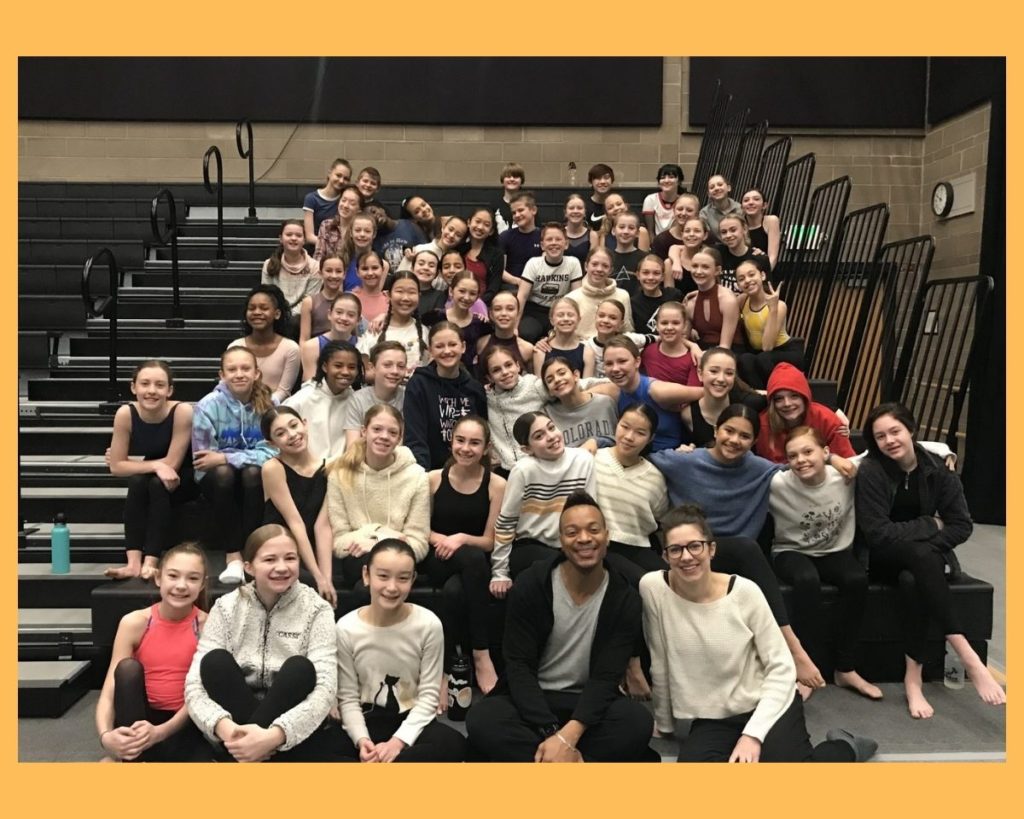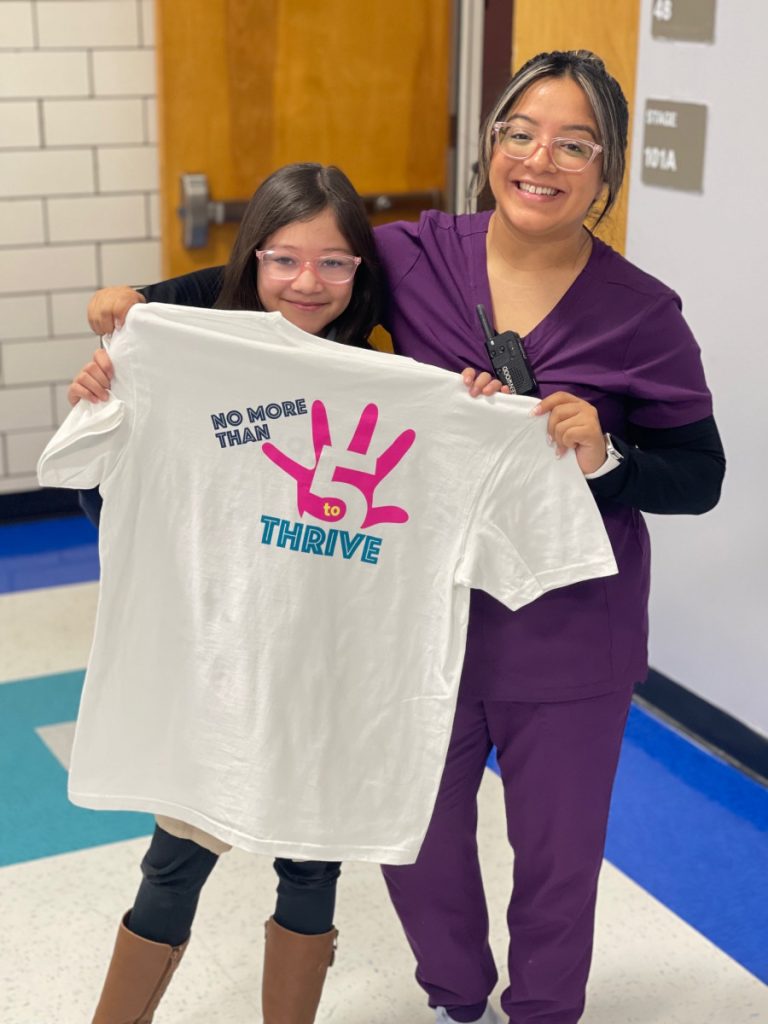With one stone—an expansion of the district’s school for the arts—Denver Public Schools looks to kill two birds.
Creating an “arts hub” for the grades 6-12 Denver School of the Arts and its surrounding neighborhoods and schools is one of the district’s goals for the proposed expansion project, which includes the purchase of four buildings across the street from DSA.
The other, arguably more important goal: to diversify the school’s student body. This has been a longstanding sore spot in a district that prides itself on promoting educational equity.
“We know that DSA’s current demographics are not reflective of the DPS population or the city of Denver as a whole,” the district’s proposal reads.
As incoming Superintendent Alex Marrero takes the reins this summer, overseeing the expansion of DSA and addressing its longstanding diversity issues will be an early test his educational equity agenda.
While students of color account for about three quarters of DPS students in total, they comprise less than a third of DSA high school students. Additionally, 65 percent of Denver Public School students receive free or reduced-price lunch while about 10 percent of DSA students do.
Part of the reason the DSA student body does not look like the overall DPS student body is that a significant number of its students come from neighboring, suburban school districts.
Some 21 percent of DSA middle school students attend from outside the district, and that percentage is higher for the high school, where 35 percent of this year’s students come from outside DPS.
“DSA’s population is not diverse whatsoever…I would also ask that we put more focus into trying to find more students to take a part of DSA,” DPS board member Tay Anderson said in a meeting earlier this month when the purchase was proposed.
“I’m not very pleased to know that we have a high number of students, that aren’t a part of the DPS family, that come into our city and take these seats away from students that can actually benefit from them within our district.”
Another reason the DSA student body lacks diversity is the admission by audition process, DPS deputy superintendent of academics Tamara Acevedo said. Students must demonstrate proficiency in the arts area for which they’re auditioning, which gives kids who have had formal training — which can be costly — a huge advantage over those who, however talented they might be, haven’t had similar training.
To expand the DSA campus—not only physically, but also as an equitable opportunity for Denver area students—one step the district plans to take is changing to a “parallel acceptance” audition model for middle school level students looking to attend the arts school. This would essentially mean that for auditioning DSA students, talent would trump training.
“That’s really to identify students with potential talent and passion [who] may not have had the same access to specialized arts training from a young age that others may have,” Acevedo said.
Another step toward both expanding and diversifying DSA—over the proposed multi-year phasing in of some 600 additional students—is for the school to partner with DPS schools in the area to increase awareness of and draw interest in the arts program. Acevedo said she does not expect that strategy to hurt enrollment numbers at other schools.
DPS board member Angela Cobián built on Anderson’s sentiment that the push for diversification of Denver School of the Arts could include concrete demographic progress to work toward.
“I know we can’t set race-based targets … but I think there are some more meaningful benchmarks we can set,” Cobián said, adding that now would be the time to challenge the arts program’s audition model. “If we’re going to be using bond premium dollars to acquire this land … then I think that that also calls for a total re-imagining of what constitutes a student getting into DSA.”
Jim Carpenter, the district’s chief financial officer, said the additional buildings and land in the Park Hill neighborhood will cost about $30 million and between $5 million and $10 million in renovations over multiple years.
DPS is buying the buildings from the Urban Land Conservancy, a nonprofit that buys up parcels of land and repurposes them for community benefit The conservancy recently bought the former campus of Johnson and Wales University and is selling a portion on the western edge of it to DPS.
“I think it’s important to put those into context of what the cost would be to add that capacity if we were to build it new,” Carpenter said, adding that this project is less expensive relative to other DPS projects because the facilities already exist.
Carpenter also said the district would form an advisory committee to help bring the community’s questions — such as how the phase-in of new students will work, how to make students of color feel welcome or how to make sure a new audition process does not create social stigma and more inequity among students — to the forefront in August before start of the school year.




